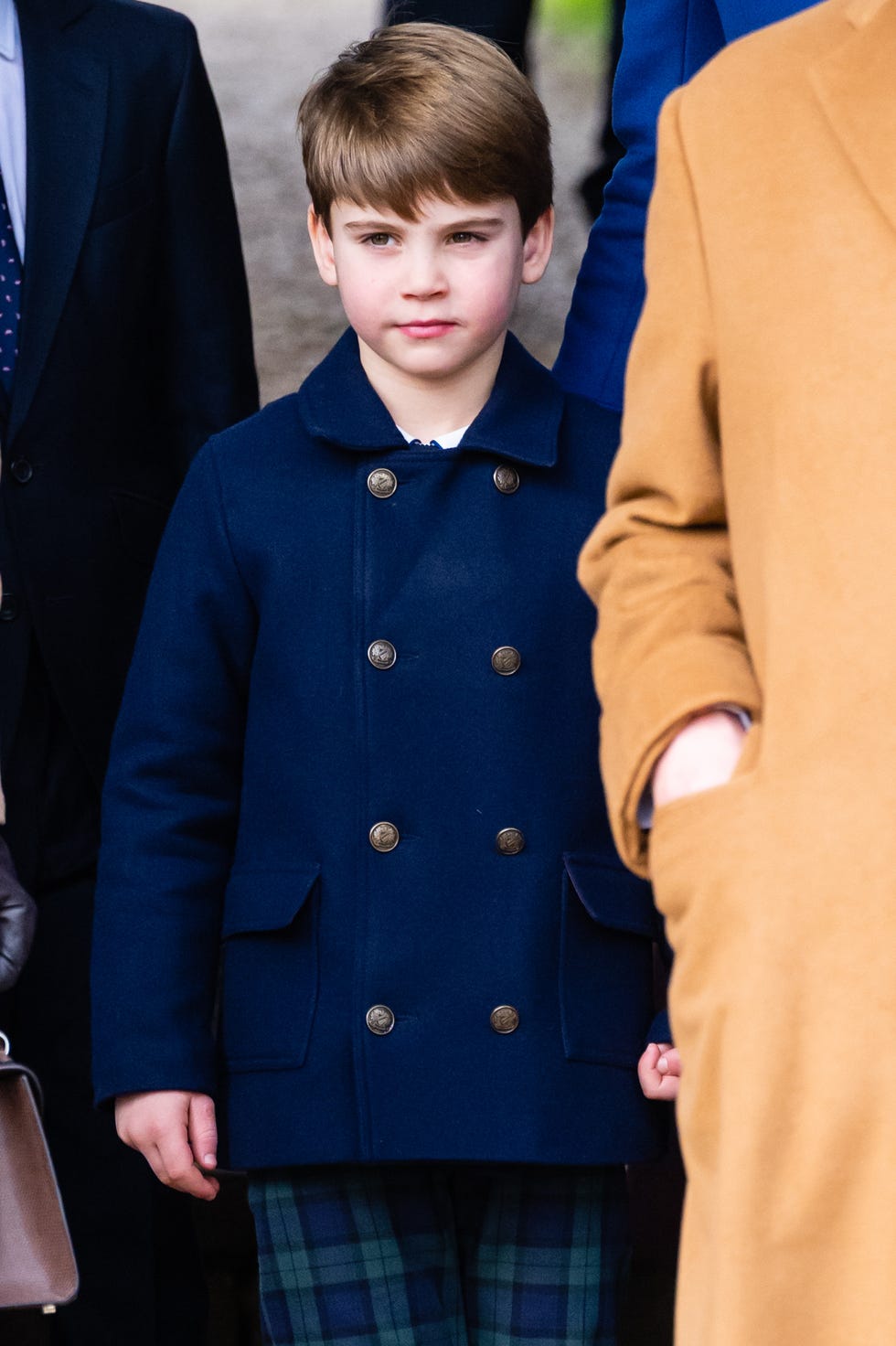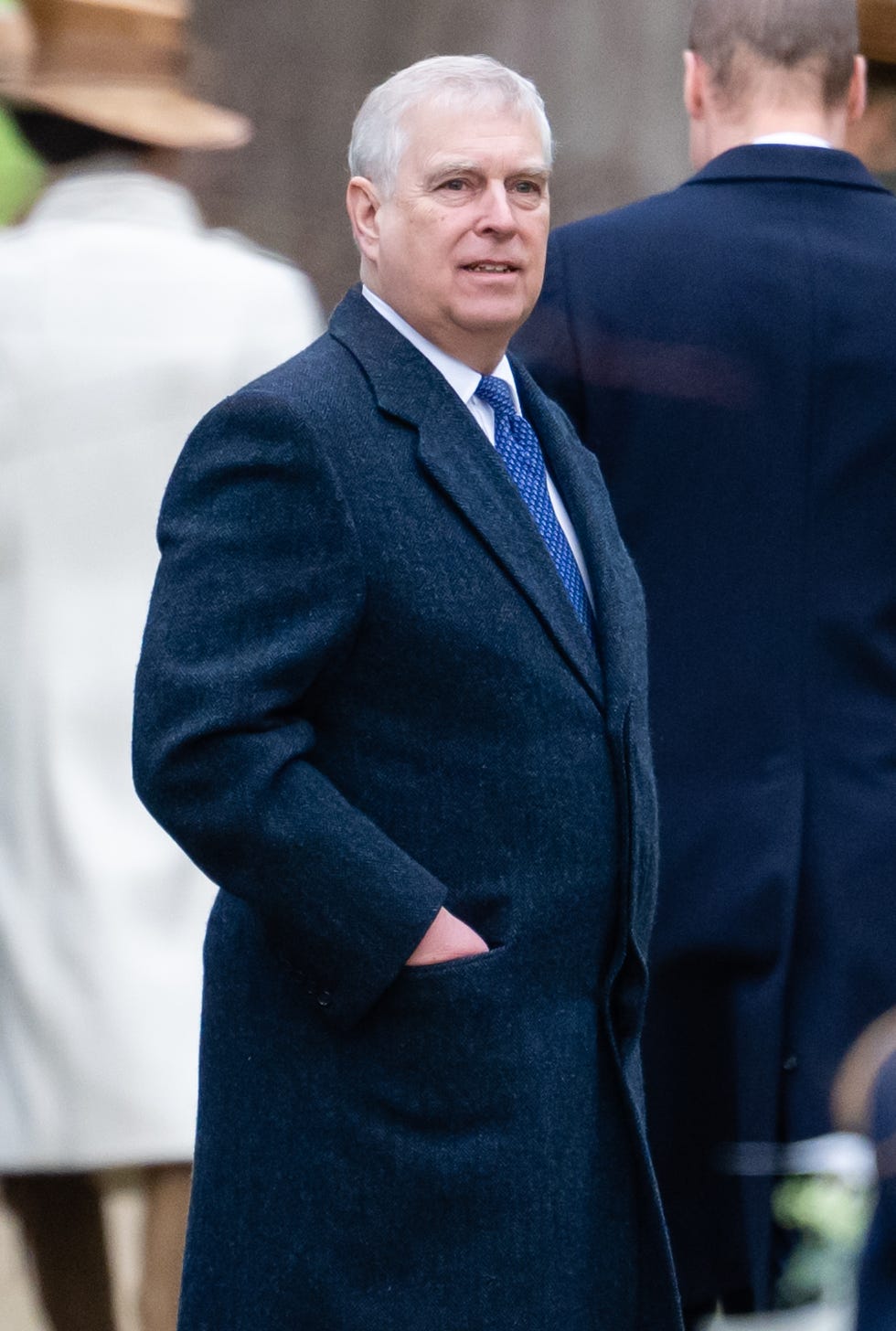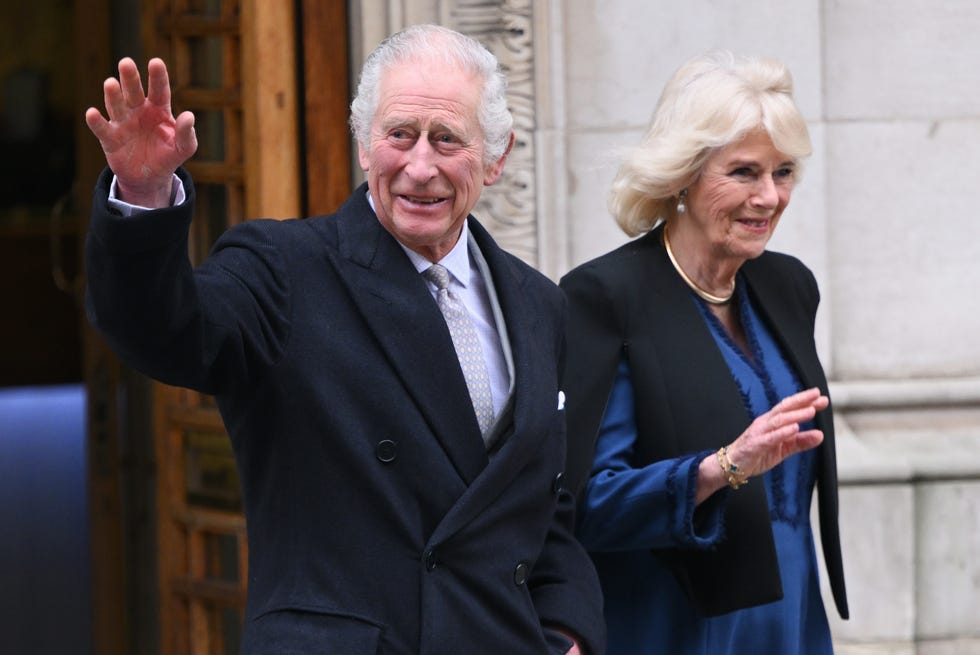Earlier this month, Buckingham Palace shared that King Charles III has been diagnosed with cancer, news that placed the royal line of succession in the spotlight once more. Less than a year and a half earlier, Charles succeeded his mother, Queen Elizabeth II, on the throne after her death on September 8, 2022. The monumental event shook up the line of succession in a major way for the first time since the births of Prince William’s and Prince Harry’s children. Here are the rules behind who ascends to the British throne and a look at who’s who in the line of succession, plus who can take over as regent if Charles becomes unable to handle his duties.
Rules for Succession
Historically, male children in the British royal family, even if they were younger than their sisters, took precedence when it came to inheriting the throne from a parent. This changed with the Succession to the Crown Act of 2013 that states gender doesn’t matter for royals born after October 28, 2011. Birth order now determines which child is next in line for the crown.
Royal parentage alone isn’t enough to join the line of succession; a couple must have been married when their child was born. So if Charles and now-Queen Camilla’s love affair during the 1980s and ’90s had resulted in a son or daughter, he or she would have no claim to the throne, even though Charles and Camilla wed in 2005.
Being a descendant of King George I’s mother, Princess Sophia, who was Electress of Hanover and a granddaughter of King James I, is another requirement to ascend to the British throne. A child adopted into the royal family wouldn’t join the line of succession, though this hasn’t been put to the test by any royal adoptions. In addition, the British monarch, who also serves as the supreme governor of the Church of England, can’t be a Roman Catholic.
That said, because the United Kingdom is a constitutional monarchy, these rules could be changed via legislation. In the end, Parliament determines who can be king or queen.
Who’s Who in the Royal Line of Succession
1. Prince William

As Charles’ oldest child, William has been an heir-in-waiting since birth. Queen Elizabeth II helped him prepare for his future role during weekly Sunday lunches the two shared while William, now the Prince of Wales, was a student at Eton.
2. Prince George

William was second in line to the throne when he and Kate Middleton welcomed their first child. Like his father, George was born with the expectation that he, too, would one day be king. But his parents decided to wait until George was about 7 before telling him what his future had in store. George has since taken on some royal duties, including being a page of honor at his grandfather King Charles III’s coronation in 2023.
3. Princess Charlotte

The Succession to the Crown Act of 2013 altered Charlotte’s place in the line of succession. Prior to that legislation, her younger brother would have gone ahead of her upon his 2018 birth.
4. Prince Louis

As the youngest of William and Kate’s children, Louis will move down the line of succession if his older brother and sister get married and have children. But it might be a good thing that his future will contain fewer royal ceremonies. He yawned during his grandfather’s coronation and was overwhelmed by the volume of planes flying over Buckingham Palace during the 2022 celebration of his great-grandmother’s 70 years on the throne.
5. Prince Harry

Following years of tabloid scrutiny, Harry and his wife, Meghan Markle, announced they would step back from royal duties in January 2020. The Duke and Duchess of Sussex soon agreed to no longer be “working royals” who participate in official engagements and now live in California. But leaving royal life didn’t change the circumstances of Harry’s birth, so he still has a spot in the line of succession.
6. Prince Archie
Archie wasn’t a prince when he was born, but he received the right to use that title after his grandfather King Charles ascended to the throne. Archie is notable among royals in line for the throne for having dual citizenship; thanks to his mother, he’s been a U.S. citizen since birth.
7. Princess Lilibet
Like her brother, Lilibet gained the right to call herself a princess after her grandfather became king. She’s also a dual British-American citizen. Unlike Archie, Lilibet was born in California, not the United Kingdom. In the unlikely event that she becomes queen, she would be the first British sovereign who was born in the United States.
8. Prince Andrew

If the line of succession reaches the end of one branch of the family tree, it goes back to last place the tree branched off. So if something happened to all of Charles’ children and grandchildren, his younger brother Andrew is next in line.
When Andrew was born the existing rules of succession placed him ahead of his older sister, Princess Anne. Although he remains in the line of succession, Andrew left his royal duties in 2019 after a television interview in which he discussed his relationship with convicted sex offender Jeffrey Epstein. Andrew lost his military titles and royal patronages in January 2022, shortly before settling a civil case for sexual assault.
9. Princess Beatrice

Beatrice has no brothers, so as Prince Andrew’s older daughter she directly follows her father in the line of succession. Beatrice grew up with the title of princess—her grandmother Queen Elizabeth II was reigning when she was born—but instead of taking on royal duties and representing the queen as other royals have done, she’s far enough down in the line of succession that she has had a day job, including at a tech company.
10. Sienna Elizabeth Mapelli Mozzi
Beatrice and Edoardo Mapelli Mozzi got married in 2020. British titles are passed via fathers, so Sienna didn’t receive one via her mother. However, Sienna’s father is an Italian count. With this heritage, Sienna can use the title nobile donna, meaning noble woman.
What Happens If King Charles Is Incapacitated?

Among a British king or queen’s duties as head of state are presiding over the opening of Parliament, giving royal assent to legislation, and officially appointing government ministers, including the Prime Minister. The British sovereign is expected to serve for life, so even with his cancer diagnosis, King Charles is unlikely to abdicate, especially because he and his family remember the calamitous abdication of Edward VIII to marry divorcée Wallis Simpson in 1936.
Charles has limited his public appearances as he undergoes treatment but otherwise is still working. He continues to meet with Prime Minister Rishi Sunak.
If the king’s health worsens to the point that he’s unable to fulfill his duties, the Regency Act of 1937 outlines what to do next. If the monarch is only temporarily indisposed or out of the country, two or more Counsellors of State can be appointed to step into the breach. This happened multiple times during Queen Elizabeth’s reign.
The current Counsellors of State include the sovereign’s spouse, Queen Camilla, and the first four adults over the age of 21 in the line of succession: Princes William, Harry, and Andrew, along with Princess Beatrice. However, Harry lives in California, Andrew has been sidelined from royal duties, and Beatrice has never been a working royal. Therefore, in 2022, Parliament amended the Regency Act so Charles’ other two siblings, Princess Anne and Prince Edward, could be Counsellors of State.
Counsellors of State can’t carry out all of the sovereign’s duties—one thing they can’t do is appoint a prime minister—so the Regency Act also has provisions for what happens if the king or queen becomes “incapable for the time being of performing the royal functions.” In this situation, a regency is formed, and a regent takes over for the monarch within the United Kingdom. The only limitations on a regent’s power is that they cannot approve a bill to alter the line of succession, nor interfere with a law protecting the Church of Scotland within the United Kingdom. Countries that have the British sovereign as head of state would need to pass separate legislation to recognize the regent.
To institute a regency, Camilla and four government officials—the lord chancellor, the lord chief justice, the master of the rolls, and the House of Commons speaker—would need to sign a declaration of incapacity that at least three of them agree on. The declaration must be based on medical evidence. (This same group can similarly decide to end a regency.) After the declaration is made to the Privy Council, a government body that includes government ministers and opposition leaders, the regent can be sworn in.
Who Would Become Regent?

An eligible regent is the next person in the line of succession who is 18 or older. This means that Prince William would become his father’s regent.
If William were to become unable to serve as regent, his son Prince George couldn’t take his place because he’s currently too young. In that case, Prince Harry could step in, but he would need to leave his life in California and return to the United Kingdom to take the job.

